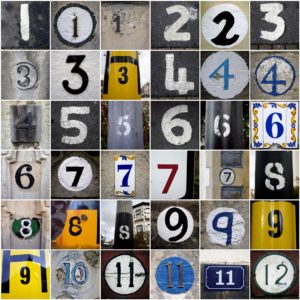April is a very busy month for new as well as experienced beekeepers. For the newbie (or new-bee) every text book on beekeeping has a section covering the “how to’s” of
1) hiving the package(s)
2) managing the queen
3) inspecting a hive and
4) feeding the bees
Get your hands on a book and get busy!
To prevent robbing use an entrance reducer at each hive. Feed until the brood nest (2 deeps or 3 westerns) are fully drawn.
If weather or some other situation prevents you from hiving your package on the arrival day, place it in a cool, dark space such as basement or garage. To make sure they have food available, create a 1:3 syrup and using a spray bottle moisten (not saturate) the bees twice a day.
If you have acquired a nuc (or nucleus colony) you will be moving the frames into your hive box carefully and in the exact order that they were in the nuc. Fill in the remaining space but not tightly. If you are using a 10-frame, complete the arrangement with a total of 9 frames or with 7 frames if an eight frame box.
Overwintering hives need to be checked for food supply. The volume of rain this spring has limited foraging opportunities so don’t hesitate to provide 1:1 syrup for energy and pollen patties for protein. A check in March may have indicated that feeding is not needed but check again when the temperature is above 55 and the bees are flying. It is quite possible that a colony survived until February or March before dying. Two or three honey frames close to the side of the hive is probably sufficient honey.
Equipment from a hive that has died can be recycled if there are no symptoms of Nosema apis, chalkbrood, or European foulbrood. It’s a good idea to rotate out equipment after three years of use. Don’t rotate brood comb (identified by its darkened appearance) into use for honey comb because of the detritus remaining in the cells which could spoil the pristine quality of the honey.
Decide how you want to manage the varroa mites that can appear even in new packages. Dusting with powdered sugar is a simple method to give you an estimate of the varroa infestation. Since Oxalic acid has been approved by the EPA, beekeepers are finding it an effective treatment when there is little brood which means it can be used with packages or in winter when little brood is present. If you medicate for varroa in the spring with traditional products such as Apistan or Coumaphous, remove the product per manufacturer’s directions before supering so that honey is chemical free.
Swarming is a threat starting in spring and is a natural phenomenon and thus a challenge to control. Familiarize yourself with the classic symptoms of swarm preparation and what to do when you encounter such circumstances. PSBA publishes a “Swarm List” of beekeepers willing to retrieve swarms – print it and keep handy in case you need help. There are factors you can easily take action on problems such as a failing queen, a hive overheating, or the prevalence of defective combs not suitable for egg laying. In an attempt to prevent or control the natural inclination to swarm, study the methods of manipulating the boxes. There are various ways such as interchanging hives, reversing the brood chambers, or the Demaree Method which separates the brood from the queen,
Do your part to increase bee forage in your garden or apiary, or community at large. PSBA publishes a brochure listing perennials, annuals, trees, and shrubs that are of interest to honey bees and offers Seed Packets. Among the super stars for pollen are Berberis, gooseberry, honeysuckle, crocus, alder, Norway maple, crabapple, Japanese quince. For nectar consider quince, enkianthus, ornamental cherry, almond, gooseberry, crabapple, catoneaster. A very thorough evaluation of plant life can be found in “Garden Plants for Honey Bees” by Peter Lindtner. Lindtner describes and illustrates plants organized by the blooming months February through November, and on a 1-4 scale, rates each plant for pollen and for nectar.
Bee Facts:
Workers weigh over 121 mg
The brain of a worker honey bee is about a cubic millimeter
Bee Facts from “Beekeeper’s Handbook” by Sammataro and Avitabile
